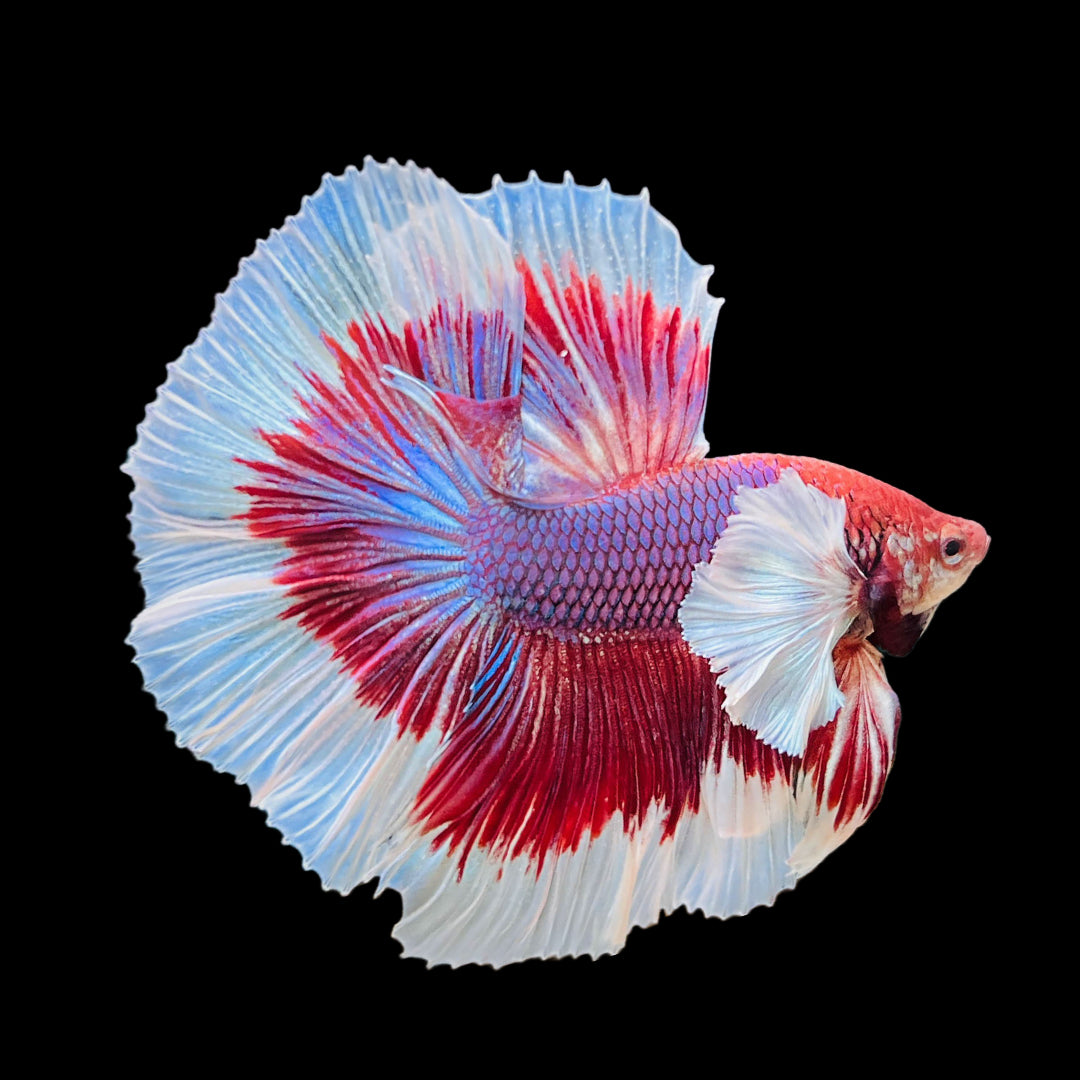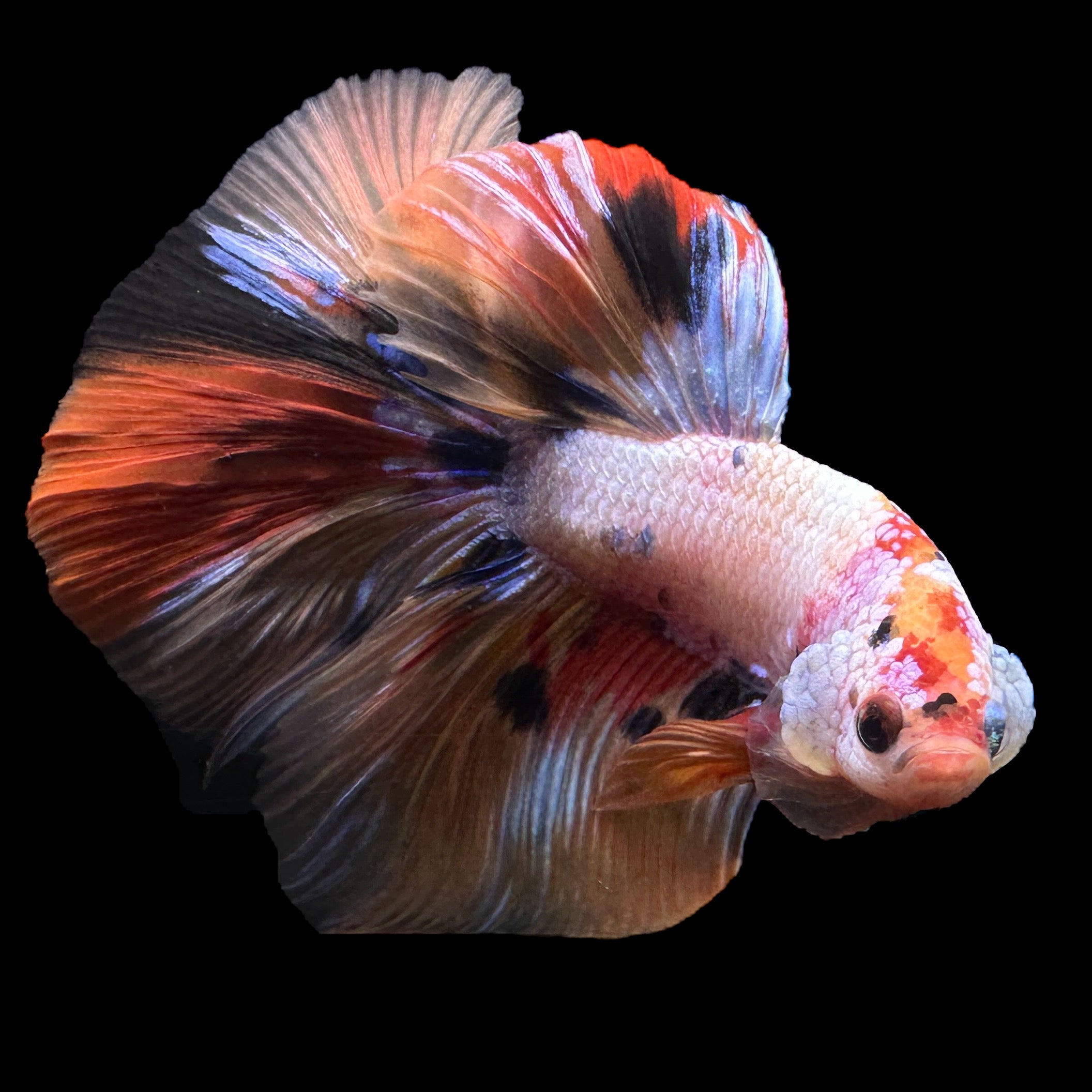Typical Betta Fish Illness and Exactly How to Prevent Them
Typical Betta Fish Illness and Exactly How to Prevent Them
Blog Article
Breeding Betta Fish: a Comprehensive Step-By-Step Overview to Successfully Raising Infant Bettas From Eggs to Adulthood
Breeding Betta fish is a thorough venture that calls for careful preparation and implementation to make sure the effective advancement of fry from eggs to grow fish. Choosing genetically diverse reproduction pairs with desirable attributes is only the beginning; creating an ideal setting and understanding the ins and outs of the breeding procedure are equally critical. As the male Betta vigilantly constructs a bubble nest and guards the valuable eggs, the succeeding phases of care and change demand interest to information and expertise of best methods. Exactly how does one navigate the tough yet gratifying course of supporting these vibrant creatures to their adult years?

Picking Reproduction Pairs
When starting the journey of breeding Betta fish, picking the ideal breeding pairs is critical to accomplishing desirable traits and a healthy and balanced lineage - betta fish. The initial step in this procedure is to determine the particular traits you desire to improve or preserve, such as shade, fin type, and physique. It is vital to select genetically varied pairs to avoid inbreeding, which can cause health concerns and undesirable characteristics
Examine potential reproducing candidates meticulously. A healthy male Betta needs to show lively shades, an active disposition, and well-formed fins, while the lady ought to also show vibrant pigmentation and a rounded stomach, showing readiness for spawning. Observing the character of both fish is crucial, as aggressive or extremely reluctant people may not reproduce successfully.
Documents of lineage is just as essential. Maintaining documents of the parent fish's ancestry can aid you track genetic characteristics and possible issues. Furthermore, get in touch with reputable breeders or on the internet resources for support on picking compatible pairs. Eventually, spending time in the option process will substantially enhance the chance of generating strong, dynamic children that fulfill your reproduction objectives (betta fish).

Preparing the Reproduction Storage Tank
Creating an optimal breeding environment is a crucial step after choosing suitable sets for Betta fish. The breeding tank need to be particularly developed to give convenience and stimulate the all-natural breeding actions of the fish. Begin with a tank dimension of at least 10 gallons to ensure adequate room for both the male and female Bettas.
Keep a gentle filtration system to maintain the water tidy while preventing strong currents that can worry the fish. Additionally, an air rock can be added to supply oxygenation without disrupting the water surface way too much.
Temperature guideline is vital; aim for a steady variety of 78-82 ° F(25-28 ° C) utilizing a reputable heating system. The pH level need to be preserved between 6.5 and 7.5, and routine water changes are essential to make certain high water high quality.
Include floating plants or spawning sponges to produce concealing places for the female, while likewise urging bubble nest building by the male - betta fish. Finally, make sure the container is devoid of sharp decors and any kind of prospective threats, as the well-being of the fish ought to constantly be focused on throughout this vital stage of reproduction.
The Reproduction Refine
Typically, the breeding procedure for Betta fish involves a series of unique and evident habits that suggest preparedness for recreation. The male Betta starts by developing a bubble nest at the water's surface, which acts as a site for the fertilized eggs. This nest is vital, as it supplies a risk-free atmosphere for the eggs up until they hatch.
As soon as the see post nest is established, the man will certainly present courtship actions, such as flaring his fins and showing lively colors to draw in the female. The female, upon sensing the man's preparedness, will respond by displaying vertical stripes along her body, indicating her receptiveness.
When the female techniques, the male involves in a mating dance, frequently leading to a welcome known as the "spawning." During this accept, the lady releases her eggs, which the male feeds right away. The fertilized eggs after that fall to the bubble nest, where the male thoroughly collects and returns them to the nest. Following this, the male thinks duty for safeguarding the nest and guaranteeing the safety of the eggs till they hatch, generally within 24-36 hours. This phase is essential in the breeding process, laying the structure for successful fry growth.
Caring for Betta Fry
Caring for Betta fry needs mindful attention to their environment and nutrition to make certain healthy growth and advancement. After hatching, Betta fry are incredibly tiny and at risk, necessitating a stable and clean environment.
Feeding Betta fry is equally essential. Feed them tiny quantities numerous times a day, being cautious not to overfeed, which can lead to water high quality problems.
Transitioning to Grownup Bettas
As Betta fry mature, transitioning them to adult Bettas is a crucial phase that needs cautious management of their setting and social interactions. This procedure generally begins when the fry get to around six weeks of age, at which factor they can be slowly introduced to an extra organized living environment.
To promote this shift, it is vital to ensure that the water criteria-- such as temperature level, pH, and ammonia degrees-- are optimal and stable. Grown-up Betta fish flourish in warm water (around 78-80 ° additional info F) with a pH of 6.5 to 7.5. Gradually accommodate the fry to these conditions to reduce stress and anxiety.
Social communications are another crucial factor; man Bettas are notoriously territorial and aggressive. For that reason, it is a good idea to separate males into private tanks as they grow. Female Bettas Check Out Your URL can be housed together, yet treatment needs to be required to keep track of for indications of hostility.
In addition, nutritional modifications must be made as the fry expand. Integrate premium pellets and live foods to support their growth and health and wellness. By taking care of these factors successfully, you can advertise a successful change to their adult years for your Betta fish.

Conclusion
Successful breeding of Betta fish requires mindful attention to detail throughout the whole process, from choosing genetically diverse pairs to giving optimum care for fry. Additionally, a balanced diet plan and steady adjustment to grown-up settings are important for the growth and growth of Betta fish.
Report this page